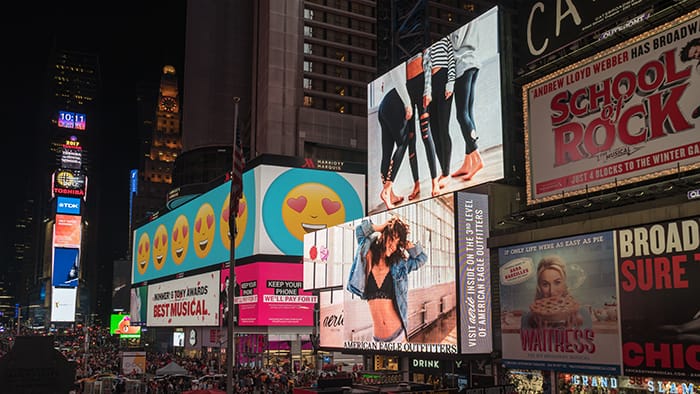New Zealand – As expected, digital advertising, in the middle of the pandemic, is forecast to comprise the larger fraction of ad spend by New Zealand advertisers in 2021 with 59% to comprise their overall media budget, according to a new global report by global media investment and intelligence company MAGNA.
Although New Zealand, being primarily an island, has been successful in containing Covid-19, advertisers are still inclined to put their dollars into digital channels, which can be mainly attributed to how the media practices have evolved to leverage the appeal and impact of digital formats, whether lifestyles are hindered by the virus or not.
The projected growth in digital follows 2020’s 3.3% growth rate. According to the report, most of the digital growth will come from spending on mobile devices, which will see specifically an 18% increase and to represent 67% of total revenues within digital advertising.
Overall, the advertising economy in New Zealand is seen to increase by 7.6% in 2021 to reach NZD 2.8b ($1.8b).
Still in line with changing preferences of audiences, the report said that linear advertising revenues will see an uptick of 2.9% to represent 41% of total budgets, an actual down from taking 49% of budgets as recently seen in 2019.
Meanwhile, in terms of specific mediums, television spending is forecast to grow by 5.6%, to represent one-fourth of total budgets. The report said that this will bring total spending levels back to 92% of their 2019 levels. On the other hand, radio and OOH are seen to fare slightly worse with a 2% growth to reach 86% of 2019 spending levels, and a 5% growth to reach 68% of 2019 spending levels, respectively.
Globally, as the economy recovers faster than expected with a GDP of 6%, marketing activity, and advertising spending are likewise projected to demonstrate the same upward growth. With the added driver of rescheduled international sports events, the report forecasts global all-media advertising spending to grow by $78b, a 14% increase, to ultimately register an estimated $657b in 2021, a new all-time high, said MAGNA.
Meanwhile, in the Asia Pacific, while the rollout of COVID vaccines has not been as aggressive as many Western markets, there were still fewer cases and deaths as well as fewer shutdowns vs. those markets in the west. This has not stopped consumers in the region from changing their behavior in the same ways as in heavily COVID-impacted markets, which meant more indulgence to stream, more adoption of e-commerce, and more integration of digital platforms into their daily lives. As a result, economic recovery and organic digital growth will power APAC’s total advertising spending to a 12.8% increase in 2021, following 2020’s 3.3% growth. This will see total advertising budgets in APAC reach $203b, significantly ahead of 2019’s $186b total.
According to Gurpreet Singh, managing director at MAGNA APAC, digital will continue to be the biggest growth driver across most markets fueling a faster recovery. Singh also said that since linear media was the most affected last year, its recovery back to pre-covid levels is going to remain a big challenge across the majority of APAC markets for the next few years.
“2021 will see higher than usual growth in ad spend bouncing off of the reduced spend we saw in most of the APAC markets last year. This will largely result in regaining lost ground, however, some markets will take more than a single year for their ad spend to recover from the impact left by covid,” Singh said.
APAC remains the second largest global advertising region, behind North America but $59b ahead of EMEA.






